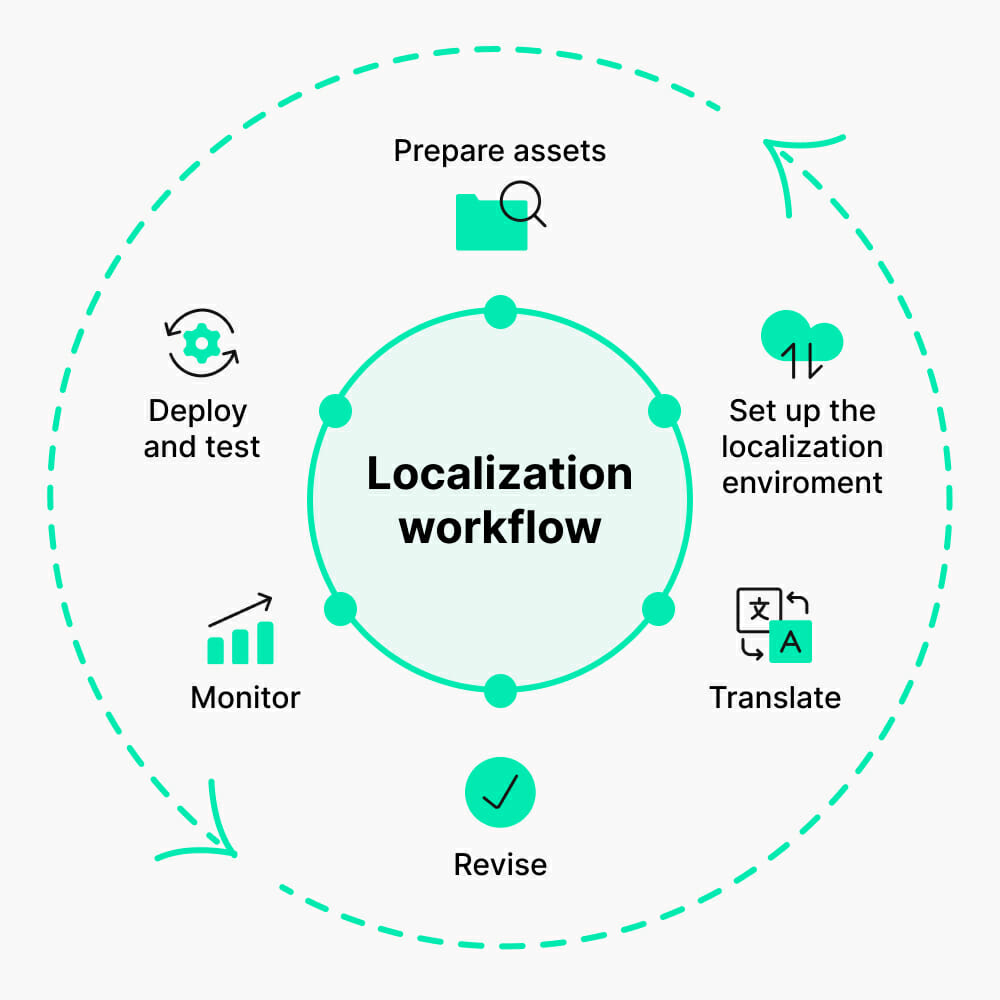How Juniper Streamlined Its China Localization: A Real-World Playbook for US Tech Brands
Release date :2025-06-09
When Juniper Networks, a global leader in networking and cybersecurity, expanded into China, they didn't struggle with regulations or product fit. Instead, the major blockers were practical execution issues: disconnected vendors, mistranslated documents, and poorly adapted branding.
Here's how Juniper addressed three common pain points—and what other US tech companies can learn from it.

1. Technical Translation: Precision Beyond Language
Juniper needed high-accuracy translations for a wide range of technical documentation—from hardware setup manuals to network configuration files.
Initial efforts using generic translation providers failed. Why? Because most agencies lacked deep knowledge of enterprise networking, leading to inconsistencies and misunderstandings in the Chinese version.
What We Did:
Created a dedicated terminology database using Trados and input from Juniper's engineering team
Assigned linguists with a background in IT and telecom
Added a 2-step QA workflow with in-market reviewers to ensure clarity and accuracy
Learn more about our technical translation services
Impact: Internal engineers in China reported fewer support tickets related to documentation, with improved training clarity and usability.
2. Brand Messaging: From Word-for-Word to Meaning-for-Market
Juniper's translated website and brochures looked “correct” linguistically but didn't convert.
Why? The tone, CTAs, and value propositions didn't resonate with local B2B buyers, who expect different messaging frameworks—more solution-oriented, more contextualized, and more trust-building.
Our Localization Strategy:
Adapted CTAs and messaging to align with Chinese decision-making behavior
Reframed product benefits around real-life use cases and compatibility with China-specific IT infrastructure
Rewrote landing pages to emphasize third-party validation (Trust Signals)
See how we approach China marketing localization
Result: Local sales teams reported that leads were more qualified, and content became a more useful tool in sales conversations.

3. Vendor Chaos: Streamlining the Supply Chain
Juniper had different vendors for translation, layout, and print. The outcome? Delays, misalignment, and recurring version control issues.
They needed a unified process, not just cheaper vendors.
What We Delivered:
Integrated translation, design, and print management under one project team
Established shared approval workflows and branded templates for faster turnaround
Conducted final asset QA across all media before print/distribution
👉 Learn about our design-to-delivery service
Benefit: Juniper drastically reduced revision cycles and ensured brand consistency across every customer-facing touchpoint.
Bonus: Our Repeatable Framework for Enterprise Localization in China
Here’s a simplified version of the process we used with Juniper—adaptable to any B2B tech brand entering China:
Phase
Key Action
Tools/Team
| Phase | Key Action | Tools/Team |
Terminology Setup | Build custom glossary | Trados, SME linguists |
Content Adaptation | Rewriting + tone localization | Local copywriters |
Visual Integration | Chinese UX + layout | Native designers |
QA & Delivery | Multistage review | Integrated PM team |
What Juniper Said
“The biggest difference? We no longer had to babysit 3 vendors. Landelion became our one point of contact—and our China-side brand guardian.”
— Juniper China Regional Marketing Lead
Key Takeaway: Don't Just Translate. Localize With a Full Stack.
Entering China is less about words and more about meaning, market fit, and process control.
Contact us to discuss your localization roadmap.
